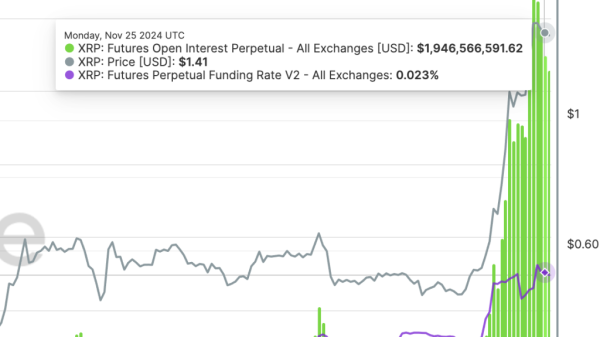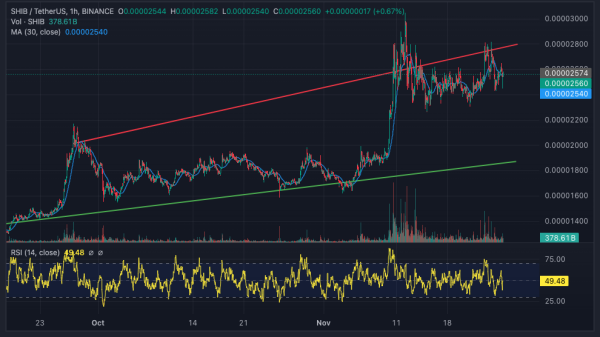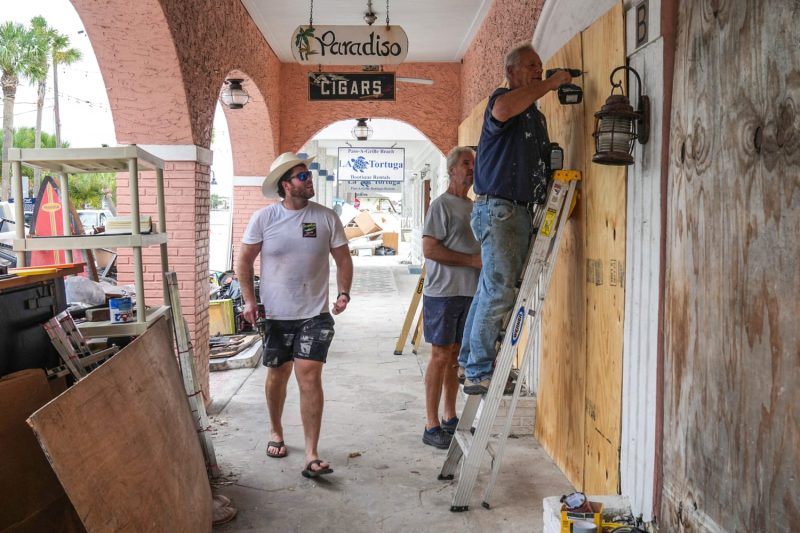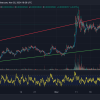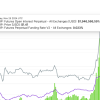The Meteorological Department has issued warnings over the incoming Hurricane Milton, leading to skyrocketing prices for certain industries’ stocks, a trend reflecting the anticipation of the expected damages. Generator makers find themselves riding a wave of increasing demand; conversely, insurance companies’ stocks have been hard hit by the swirling storm.
Generator manufacturers’ share prices have soared unprecedentedly in anticipation of increased demand, due to the havoc Hurricane Milton is expected to wreak. It is common knowledge that during such extreme weather conditions and their aftermath, power outages are frequently encountered. This concern leads to considerable demand for emergency power backup options, predominantly generators, thus catapulting generator manufacturers into a period of significant business growth.
Among the generator manufacturers reaping benefits is Generac Holdings Inc., which saw its shares rally. They are leading the pack in the generation industry, supplying portable and stand-by generators that are crucial during and after hurricanes. Their surge in share price underscores the weighty influence natural disasters can have on different industries.
Furthermore, in tracking the share market patterns, it is important to pay attention to the less fortunate on the opposite end of the scale. While businesses like generator manufacturers thrive during terrifying climate disruptions such as Hurricane Milton, others are not as fortunate. The insurance industry, for example, often takes a hard blow.
Insurance firms are nervously watching the progression of Hurricane Milton, causing drastic drops in their share prices. Insurance companies’ assets, essentially risk and claims, are directly related to such catastrophic events. A mighty storm like Hurricane Milton entails significant potential damages, resulting in mammoth insurance claims and potential company losses. Thus, stocks for insurance companies like Allstate Corporation and Progressive Corp have experienced a notable slump as the hurricane intensifies.
It is also worth noting that the fluctuations in share prices are reflections of market reactions to Hurricane Milton’s threats. The market, however, is capable of rapid shifts and changes once the hurricane dissipates, and the total extent of the damages is determined.
Through the lives of generator manufacturers and insurance companies amidst Hurricane Milton, one is offered an explorative lens into the ticking economy and its intricate ties to everyday lives and natural phenomena. Their share prices become real-time indicators of imminent weather effects in one dimension of the market. The altering landscape of share prices serves as a living, breathing barometer of contemporary weather events intertwined with the complexities of the market.
In conclusion, the Hurricane Milton situation could serve as another insightful case study for economists, demonstrating how market forces and environments interact, leading to fluctuating fortunes for industries.









